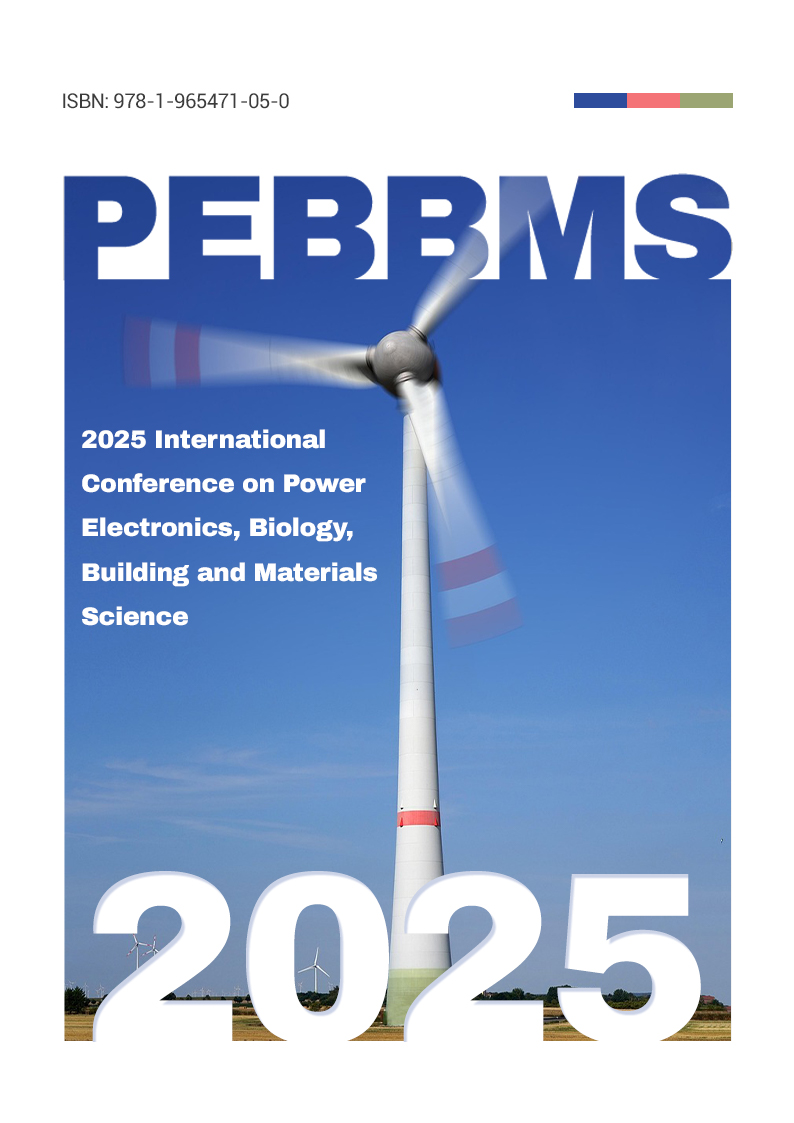Energy Saving and Emission Reduction in the Operational Phase of Public Buildings Design of the Carbon Inclusion System

Authors:
Jingwen Yang, Mengyuan Wang, Wenying Chen, Xiaofeng Li, Runyuan Li
Keywords:
Public Buildings; Building Operational Phase; Energy Saving and Emission Reduction; Carbon Inclusion; Carbon Trading; LEBORS; BER; Dual Control of Carbon Emissions; Green Finance; Low-Carbon Building Operation Rating
Doi:
10.70114/acmsr.2025.3.1.P100
Abstract
In response to the global challenge of climate change, China has set the goals of peaking carbon emissions by 2030 and achieving carbon neutrality by 2060 in its 14th Five-Year Plan. Given that the operational phase of public buildings is a significant source of carbon emissions, this paper focuses on energy-saving and emission reduction mechanisms in this sector and proposes a carbon-inclusive system design aimed at converting carbon reductions into tradable financial assets. Drawing on domestic and international experiences, the paper analyzes the emission reduction mechanisms in buildings across three areas: energy substitution, energy-saving technologies, and energy management. A baseline energy consumption model is constructed based on the Carbon Performance Evaluation Standard for Building Operations (LEBORS). On this basis, a trading mechanism centered around “BER”(Building Emission Reduction) from energy-saving renovations in existing buildings is designed. Through case analysis, the paper demonstrates how this mechanism effectively incentivizes building owners to engage in energy-saving renovations, thereby reducing carbon emissions. This research provides theoretical support for the development of carbon-inclusive policies and offers feasible pathways for practical carbon reduction efforts


